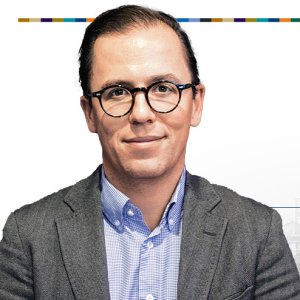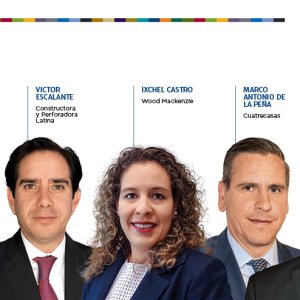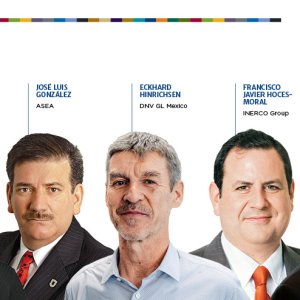
CNS Issues Created by an Aging Population
In a discussion on Mexico’s ability to meet the increasing challenge of Central Nervous System (CNS) disorders in the elderly, panelists at Mexico Health Summit 2017, held at the Hotel Sheraton Maria Isabel in Mexico City on Thursday, said the country needs to prepare specialists and promote education.
Moderator José María Ostos, Associate Partner at McKinsey, opened the discussion to experts on CNS disorders Marco Antonio Navarrete, Subdirector of Health Services for PEMEX, Miguel Castillo, Health Consultant at Corporation Macs, Luis Gutiérrez, Director General of the National Institution of Geriatrics of the National Institutes of Health, and Vanessa López, Neurology PVU Head LATINA of UCB.
“The challenge is to create a strategy to have healthy, active elderly people that are a part of society,” said López, adding that Mexico needs to prepare specialists to care for this population and to promote continuous education among doctors, especially as there may be new medicines that were not around when they were originally trained, as also noted by Castillo. Gutiérrez highlighted the additional need to increase prevention and recognize risk factors such as chronic- degenerative diseases. “Geriatrics is only one chapter in a medical school textbook,” noted Navarrete, adding that not many doctors want to specialize in geriatrics due to low renumeration. In terms of prevention, optimizing resources is the key. Panelists focused on the inefficient use of tertiary level hospitals and primary care. “Hospitals are being used for purposes they were not meant for,” said Gutiérrez, while Castillo added that, “electronic patient records are vital for managing who should be cared for and where.”
The panelists also agreed the need to educate the general population. “We need more prevention and education of the population in general on how to care for the elderly, as hospitals cannot do this,” Navarette said. When later asked about the patient’s role, panelists emphasized that many risk factors can be controlled and that technology can help, such as application on cellphones that help diagnose the risk of developing a certain disease or condition.
The high amount of out-of- pocket spending was in focus in the second half of the debate, as Gutiérrez explained that the nonpaid work of those looking after family members with a CNS condition amounted to 22 percent of Mexico’s health GDP, compared to 19 percent from the hospital sector.
When Ostos asked about other countries with high levels of elderly population that Mexico could learn from, panelists spoke of Japan, Vietnam and Spain, where care is operated by the private sector but funded by the public sector. López spoke of models closer to home such as Argentina or Chile, which operates a public-private system that could be a source of inspiration.
“The active life expectancy of Mexicans is only three years less than overall life expectancy,” said Gutiérrez. He added that physical activity and nutrition are key to staying healthy in later years “Much will depend on the role the patient plays. There are diseases that depend 90 percent on how patients care for themselves. Patients play an important role in Parkinson’s for example, which changes as the disease advances,” López said.
Innovations including the use of Big Data also have a significant role to play when dealing with CNS disorders. “There are devices that can predict an epilepsy crisis up to four hours beforehand,” said López, adding that Big Data can be used for treatment and that generally, the industry is moving toward personalized medicine. “We need to digitalize information and Big Data is the second part of the solution,” said Navarrete.














